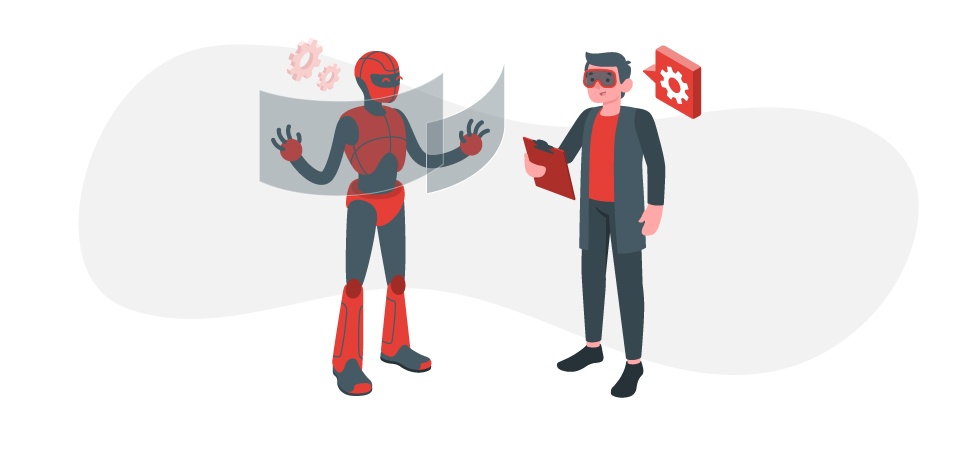If you sat quietly for 15 minutes and tried to figure out all the different ways that COVID-19 impacted customer experience, you’d probably come to a list something like this:
- Focus on safety
- Caring for customers
- Acceleration of digital services
- More e-commerce
- A re-imaging of brick and mortar
- Downsizing, cost concerns, automation possibilities
- A renewed focus on different types of connections
You’d be right on all of this. COVID changed so much, so quickly – in terms of real, raw data and perception/belief about what’s happening around us — that it’s hard to quantify it completely, especially since we’re not done with it yet. We’re still pre-vaccine(s), and we’re still seeing global spikes. We don’t know what “normal” looks like, or if a version of “normal” even exists.
Unsurprisingly, then, there’s been a lot of thought leadership on the topic of COVID and customer experience. McKinsey, for example, did two pieces on CX and COVID: one in early April on adapting customer experience in the early stages of the widespread virus, and then another in June about what CX might look like in “The Next Normal.” A simple Google search for “customer experience COVID-19” has about 2.13 billion results.
It’s a big topic. Obviously.
Our contribution is this paper, but we’ve covered off on some of these trends and ideas before, especially through the prism of our CEO/founder, Arnold. We’ve talked about how the core tenets of B2B are the same during COVID — i.e. caring for your customers and knowing their pain points — but the delivery methods are very different. In our corner of the world, BPO/outsourcing, we’ve talked about how the contract has changed, and what buyers expect in this new normal. We’ve even talked about the evolution of B2B partnerships at this time. And way back at the beginning of COVID (remember that?), we talked about the surge in user-generated content with people in lockdown and the moderation concerns therein.
We’ve been thinking about these topics and shifts a lot.
Thankfully, our business went pretty well — we’ve grown headcount 35% since the start of COVID, and taken on two new clients in the process. A lot of it goes back to something we mentioned just above: the core tenets of business haven’t changed. You still need to deliver for your customers. You need to be a source of trust and a true partnership for them. The delivery method has changed — more people are working from home, people doing physical product drops are wearing masks, and we’re distant from each other and cleaning surfaces more — but the core ideas behind the business, trust, and partnerships are the same as they’ve ever been, and maybe even more so.
Lots of businesses will emerge from this in 2021 and beyond with a renewed focus on cutting costs and downsizing, or strengthening their cash-on-hand position, or trying to get acquired, or some other variation of a “quick hit” monetary play. As you begin to see cost-cutting more, customer experience will become much, much more important, as it will increasingly be one of the only differentiators for brands.
We’re entering a nearly-Golden Age of customer experience, and in reality, a lot of the trends we were already seeing are just being accelerated now. In our next blog, we’ll look at 4-5 of those



